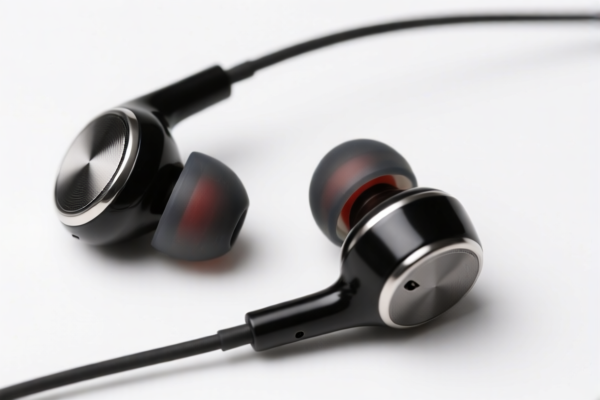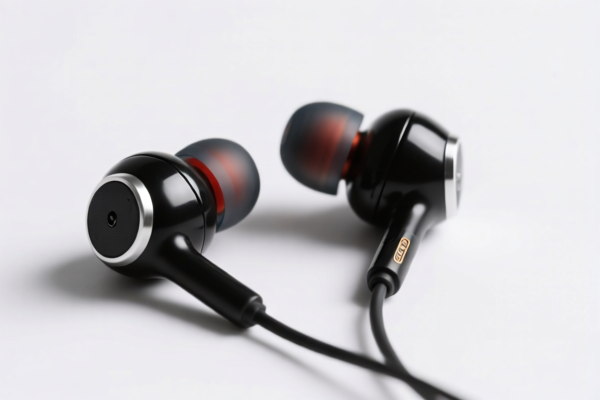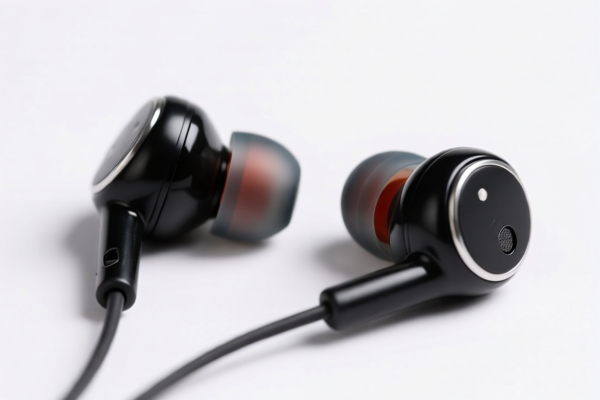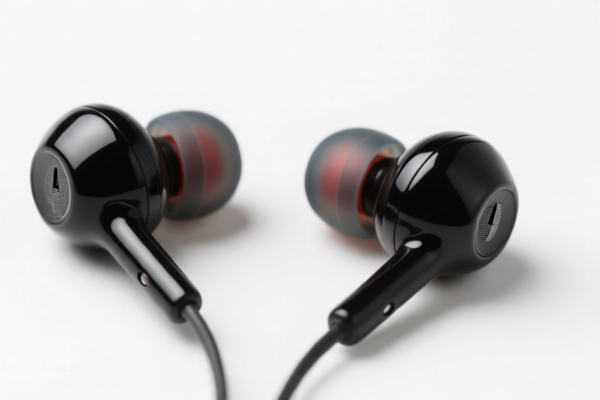| HS Code | Official Doc | Tariff Rate | Origin | Destination | Effective Date |
|---|---|---|---|---|---|
| 7113195030 | Doc | 43.0% | CN | US | 2025-05-12 |
| 7113195090 | Doc | 43.0% | CN | US | 2025-05-12 |
| 7116200500 | Doc | 33.3% | CN | US | 2025-05-12 |
| 7116201500 | Doc | 44.0% | CN | US | 2025-05-12 |
| 9606220000 | Doc | 55.0% | CN | US | 2025-05-12 |
| 9606296000 | Doc | 57.9% | CN | US | 2025-05-12 |
| 9503000090 | Doc | 30.0% | CN | US | 2025-05-12 |
| 9503000071 | Doc | 30.0% | CN | US | 2025-05-12 |




Stud Earring
A stud earring is a type of earring that appears to float on the earlobe, appearing as if it is directly embedded in the lobe. It typically consists of a post that passes through the ear piercing and is secured with a backing.
Material
Stud earrings are manufactured from a wide variety of materials, including:
- Precious Metals: Gold (yellow, white, rose), silver (sterling silver, fine silver), platinum. These are often used for higher-end designs and offer durability and hypoallergenic properties.
- Base Metals: Stainless steel, titanium, brass, alloy. These are more affordable options, though some individuals may experience allergic reactions.
- Gemstones: Diamonds, rubies, sapphires, emeralds, pearls, opals, and semi-precious stones like amethyst, garnet, and turquoise.
- Other Materials: Acrylic, glass, wood, shell, plastic, and even unconventional materials like bone or resin.
Purpose & Function
The primary purpose of stud earrings is adornment. They are worn for aesthetic reasons, to express personal style, or to complement an outfit.
Functionally, the post and backing system securely holds the earring in place while minimizing discomfort.
Usage Scenarios
Stud earrings are versatile and appropriate for a broad range of occasions:
- Everyday Wear: Smaller, simpler designs (e.g., pearl studs, small metal studs) are commonly worn daily.
- Formal Events: Larger, more elaborate designs featuring gemstones are suitable for special occasions.
- Professional Settings: Subtle and classic designs are often preferred in conservative workplaces.
- Fashion Statement: Bold or uniquely designed studs can be used to express individuality.
Common Types
- Post Studs: The most common type, featuring a post and backing. Backings can include:
- Butterfly Back: The most standard, resembling a butterfly.
- Push Back: Similar to butterfly backs, offering a secure fit.
- Screw Back: Provides a more secure hold, often used for valuable earrings.
- Flat Back (Labret Back): A flat disc that screws onto the post, commonly used for cartilage piercings.
- Huggie Studs: Small hoops that "hug" the earlobe, often with a post and latch closure.
- Bezel Studs: Feature a gemstone or decorative element set within a metal bezel.
- Cluster Studs: Composed of multiple smaller stones or elements arranged in a cluster.
- Cartilage Studs: Specifically designed for piercings in the cartilage of the ear, often featuring flat backs.
Stud earrings are jewelry items designed for ear adornment, typically featuring a post that passes through the earlobe and is secured with a backing. They are commonly made of precious metals or materials incorporating precious metals.
The following HS codes are relevant based on the provided information:
- 7113195030: This HS code falls under Chapter 71, which covers articles of jewelry and parts thereof. Specifically, it relates to articles of precious metal (whether or not plated or clad with precious metal) – of other precious metal. The subheading '5030' denotes earrings. The applicable tax rates are a base tariff of 5.5%, an additional tariff of 7.5%, and a tariff of 30.0% after April 2, 2025, resulting in a total tariff of 43.0%.
- 7113195090: Also within Chapter 71, this code covers articles of jewelry and parts thereof, specifically articles of precious metal (whether or not plated or clad with precious metal) – of other precious metal. The '5090' subheading indicates 'Other' earrings. The applicable tax rates are a base tariff of 5.5%, an additional tariff of 7.5%, and a tariff of 30.0% after April 2, 2025, resulting in a total tariff of 43.0%.
Regarding HS codes 7113195030 and 7113195090, it is important to determine the specific precious metal composition of the stud earrings to ensure correct classification.
Customer Reviews
No reviews yet.